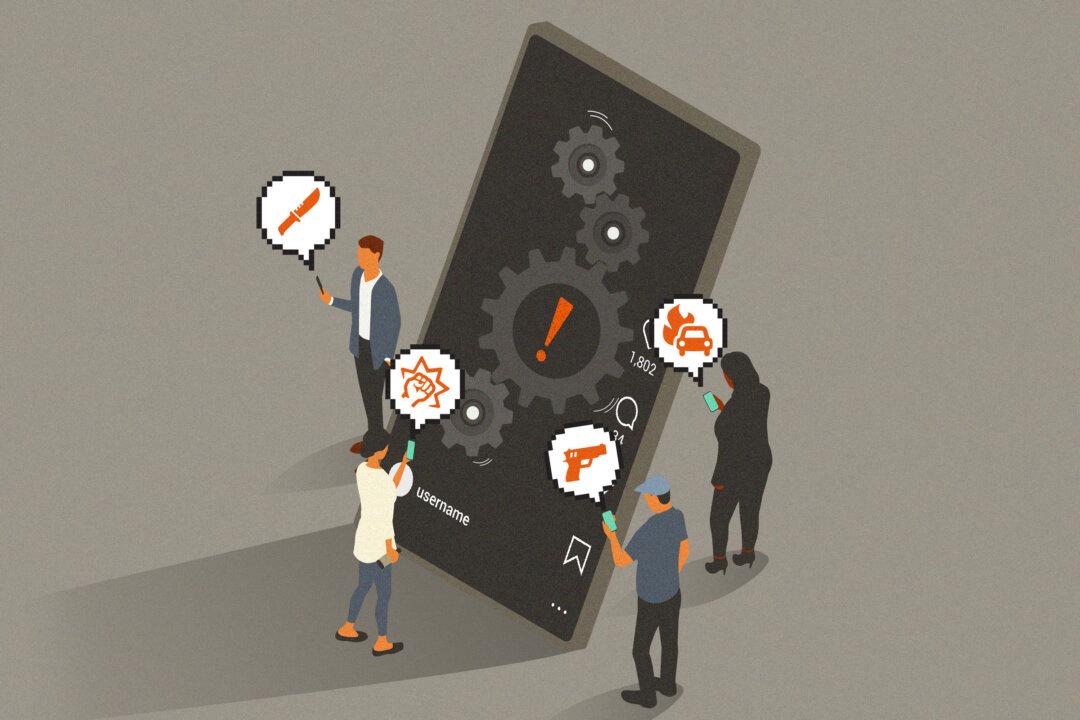A video recently resurfaced showing a car sound system powerful enough to blow off snow from the vehicle. As the bass line kicks in, the car starts to shake from the low frequency vibrations. The snow on the windows falls off instantly while the layer on the roof keeps spilling off the edges.
While many viewers expressed astonishment as to how far the owner was willing to take his sound system, many comments were disapproving—at the end of the video, a young boy is seen in the car covering his ears.
Generally noise-induced hearing loss occurs at a pitch of about 2000-4000 Hz.




